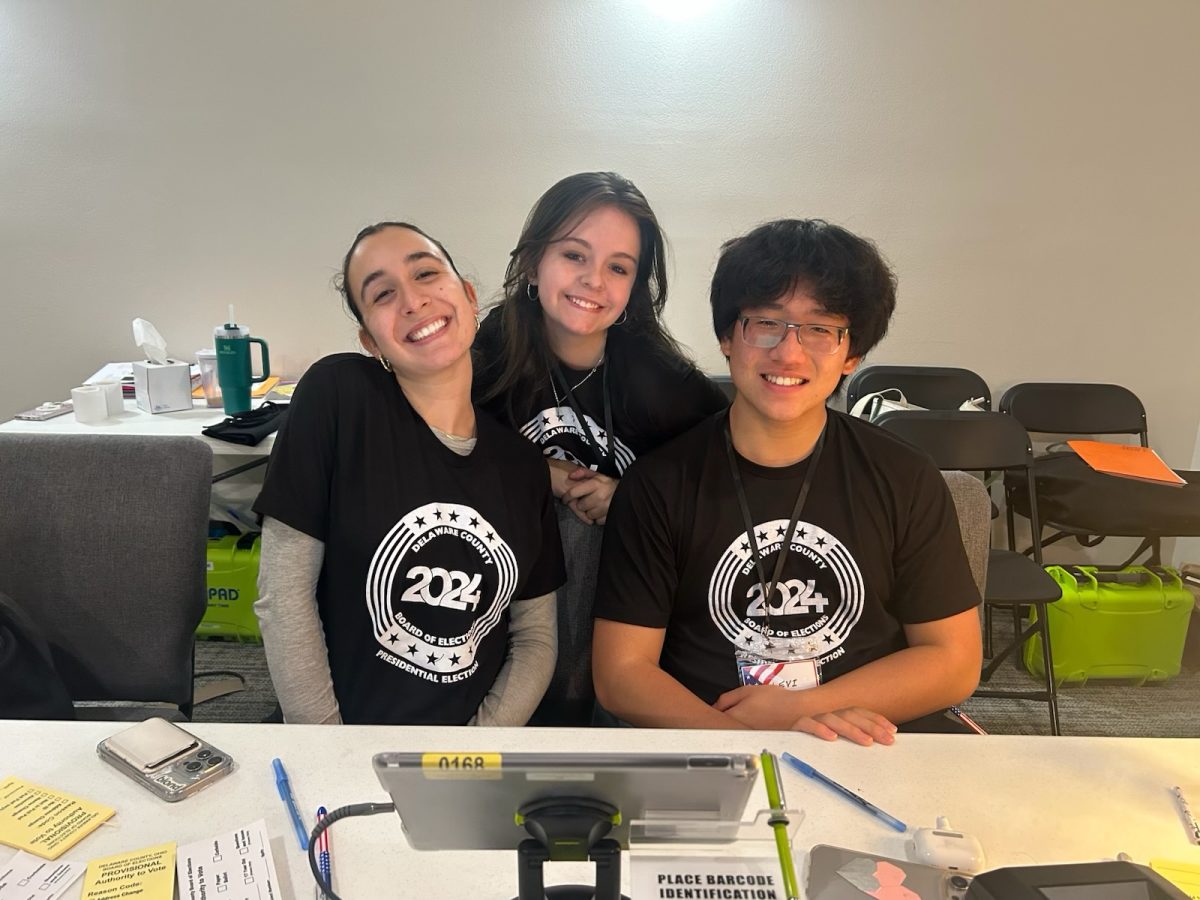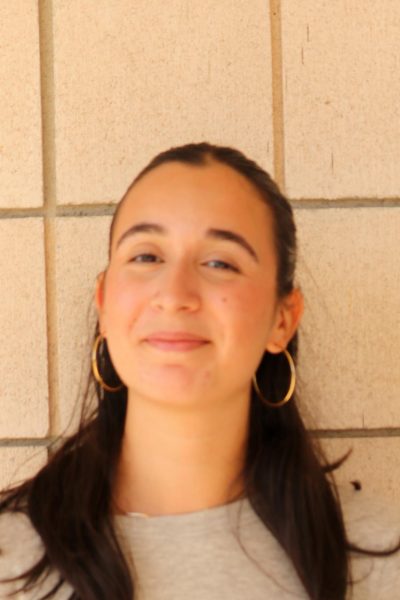It’s 5:30 AM on Election Day, and I’m huddled outside the polling station, coffee in hand, waiting to do my part in democracy. This is my second time as a student election official, but it still feels exciting—especially since I know the ropes better this year. The AP Government teacher, Mr. Ebie, handed out sign-up forms a month ago, and I couldn’t resist joining again. Plus, the pay doesn’t hurt; between training and setup, every little bit adds up.
This time around, I had my eye on the prize: the coveted Poll Pad spot for checking in voters. Last time, I lucked into it, and I knew it was the most exciting post of the day. So I arrived early, led the setup, and even brought my mom’s famous egg casserole for everyone. Yet, as soon as I finished setting up, I saw the Poll Pad tables were full. Full of slackers, the ones who got there right on time and didn’t help out at all with setting up. I, on the other hand, took charge of setting up every polling machine. Despite my efforts, I was stuck with the less exciting job: guiding voters to the machines, while the real action—the voter check-in—was already locked down. Standing by the check-in area felt like waiting on an assembly line, ready to go through the same steps again and again. Each time a voter nodded in my direction, I perked up, only to fall back into routine mode as I led them a few paces to the nearest open machine. “Let’s go vote!” I’d say, pointing to the screen as I rattled off the instructions: “Tap here to begin. Don’t press cancel. Press the ‘next’ arrow on each screen until you’re finished, review your submissions, and don’t forget to print your ballot at the end.” Most people barely glanced at me, focused on the task at hand, or perhaps already tuning out my speech.
Once I’d finished the spiel, I’d step back, watch them get started, and then return to my post in the ‘holding area’ with the other poll workers, all of us eyeing the next voter, ready to repeat it all over again. We were like wildcats, waiting to pounce, to get some action in a non-action-packed job. Time crawled by, each hour stretching with the same routine. The thrill of helping voters participate in democracy quickly turned into a pattern, each interaction blending into the next as I waited for anything—anything—to break the sameness of my little script.
Then, an opportunity arose. The most important lesson from training was that election workers must remain non-partisan. Anytime a voter needed help, we were supposed to pair a Democrat with a Republican. The same rule applied to the check-in tables: teamwork from both parties was required. After what felt like hours, the first check-in worker needed a break. They’d held the spot through the morning rush, and now, with the crowd thinning out, they decided it was time for a rest. Seizing the moment, I offered to step in, as we were both Democrats. It lasted all of five minutes, but in those minutes, I felt a rush. I checked in the one voter who came by while I was filling in, eager to prove I could handle the role.
When the original worker returned, she expected me to vacate the spot as if she had every right to it. It didn’t seem fair that she could take a break whenever she wanted and still come back to the same position. But despite my frustration, I gave her the spot.
Finally, after leaving the polling location for lunch, I came back to an open check-in spot! I jumped in, excited to reach the top of the Election Day hierarchy—or at least that’s how it felt. This was my chance to be at the center of the action, where every voter would pass through. My fingers hovered over the Poll Pad, ready to scan IDs and confirm details. I felt like I was right there with them, the first step of their voting experience.
Checking people in was everything I’d hoped for: more interaction, more energy, and a real sense of responsibility. Each person came with their own story—the first-time voter who nervously double-checked each step, the elderly couple excitedly reminding each other of their precinct, even the regulars who breezed through with ease. For once, my instructions felt meaningful.
By the time polls closed, I was exhausted but fulfilled, knowing I’d played a real role in the democratic process. I may have spent hours waiting, hovering, and guiding, but those few hours at the Poll Pad made it all worthwhile. As I finally packed up and headed home, I couldn’t help but think: maybe I’ll be back again next year, ready for another shot at the check-in spot.



